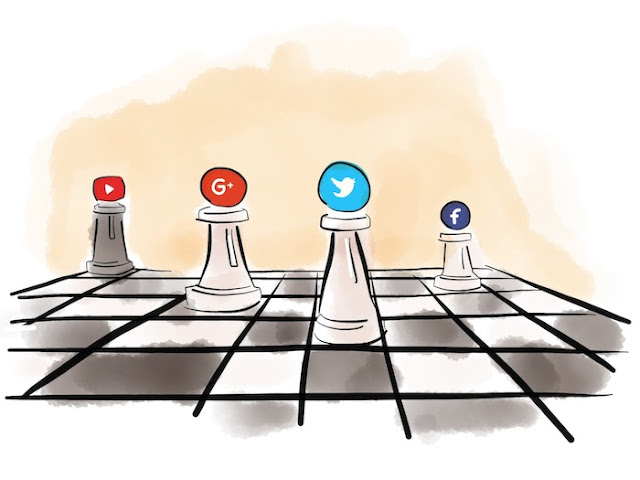7 Social Media Security Best Practices
Social media is an often overlooked area when it comes to information security.
Because social is sometimes treated like a personal communication tool
rather than a business platform, risk monitoring & governance,
employee security awareness and corporate security policies are rarely
in place. But social is undeniably a business system, one that we use
daily to communicate with our customers, grow our revenues and engage
our employees. In fact, organizations spend on average almost 25% of
their entire marketing budget on social.
Fixing the neglect for social media security is a bit more tricky than simply realizing it exists,
because unlike traditional business platforms (think email), the
enterprise doesn’t control the data or the access. Organizations need to
take a different approach. They need to build employee awareness and
social media security best practices around the dangers of targeted
attacks and cybercrime on social media. They need to expand their phish
testing to social media. They need to implement real-time external risk
monitoring capabilities to identify when a targeted attack is happening.
Most of all, they need to be able to remediate risk.
Social media represents the largest modern threat vector:
it’s got more connectivity (billions of people), it’s more trusted
(everyone is your friend) and it’s less visibility (simply by it’s
nature) than any other communication or business platform. Security
teams need to join their sales, marketing and customer success groups in
the digital era, follow social media security best practices and
implement risk monitoring & remediation technology around social
media to secure their organization’s future.
Social Media Security Best Practices (for everyone):
Check if you have been compromised already. Check haveibeenpwned.com
which has an easy search function to see if your email address has been
leaked from some of the biggest hacks to date. While this site does not
cover every leak, it should give you some insight into just how big of a
risk cybersecurity is to our ever-connected society. If you do not show
up on this site now, be wary that the next breach could have already
happened, and you don’t even know about it yet.
Enable multi-factor authentication. This should be
standard security practice for everyone online today. Multi-factor
authentication forces anyone logging into an account to supply a code
sent to an external device or use other 3rd party software.
Avoid password reuse at all cost. We know it can be
difficult nowadays, when everyone has several dozen logins, to generate
and remember unique, robust passwords. We suggest a password manager,
which can automatically generate and store passwords, such as the
popular Dashlane and LastPass products.
Update your security settings on all digital and social channel regularly. There are lots of good step-by-step privacy guides online to help get your settings secure.
Curate your connections. Cleaning out “friends,”
followers, connections and more can take some serious time. While having
the most connections may have seem like a popularity contest, it is
also a huge liability to both your personal and professional life. The
more connections you have, the more potential ways for a fraudulent or
compromised account to send you a malicious link. Not everyone is as
aware as you are, and friends may share things they don’t realize are malicious. Remember that while these networks are social in nature, that does not mean that they are particularly safe.
Monitor social media and digital channels for business and security risks.
Continuously watch for phishing links, fraudulent accounts, scams and
more. Invest in a digital risk monitoring solution like ZeroFOX to do
this automatically and at scale and help you remediate malicious
content.
Most of all, take social media security seriously. Learn to protect
yourself and, more importantly, your business. Although the least
impactful of social attacks, account takeovers, are often relatively
harmless vandalism and trolling, imagine if a cybercriminal blasted your
[enter number of followers] followers with a fake coupon (“2016/7
season tickets half-off for the next 30 minutes! #discount #football”)
appended with the latest and greatest malware. Imagine the cataclysmic
fallout of a cybercrime at the scale and speed of social media.
Stay vigilant! Humans are simultaneously the
weakest security link and the strongest defense. Whenever you’re online,
remember that bad things can happen. Everyone should analyze accounts,
links and direct messages with a careful, skeptical eye. When in doubt,
don’t click



Comments
Post a Comment